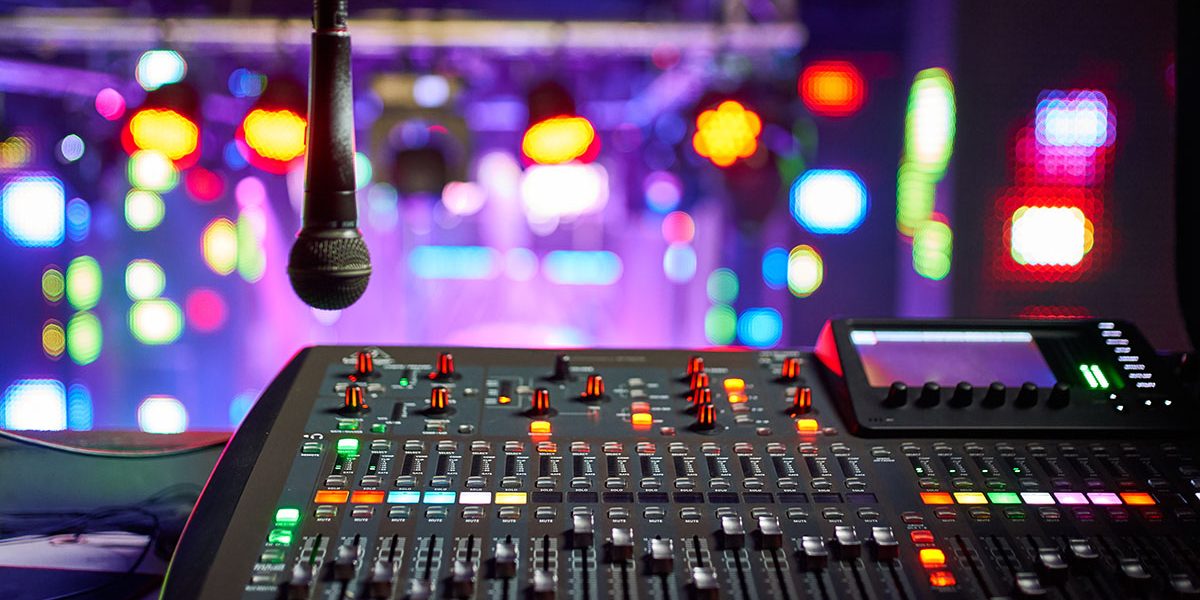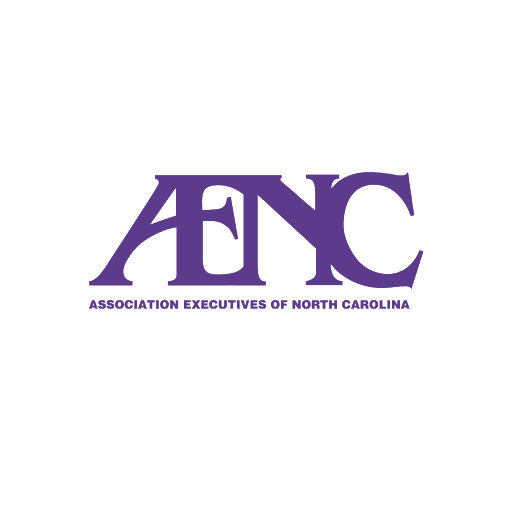How audio visual charlotte nc simplifies event execution
Wiki Article
Comprehending the Inclusion of Audio Visual Modern technology in Today's Educational Environments
The combination of audio-visual technology in instructional setups has transformed the training and discovering procedure. Educators currently have access to devices that deal with various discovering styles, improving pupil involvement and cooperation. The unification of these modern technologies provides both chances and difficulties. Comprehending just how to properly carry out these devices is necessary. What methods can educators employ to make the most of the benefits of audio-visual modern technology in their classrooms?The Advancement of Audio-Visual Innovation in Education
As instructional needs advanced over the decades, audio-visual technology went through significant makeovers that reshaped the understanding atmosphere. Originally, devices such as movie projectors and slide shows were the main ways of integrating aesthetic elements right into class. These very early innovations provided instructors with the ability to existing details dynamically, yet they were restricted in accessibility and interactivity.With the development of videotape recorder in the 1970s, classrooms started to include recorded lessons, widening the range of educational sources. The introduction of computers in the 1980s more reinvented this landscape, enabling the creation of multimedia presentations and interactive discovering experiences.
The rise of the net in the 1990s noted a zero hour, enabling real-time accessibility to a wide range of audio-visual products. Today, digital devices such as interactive white boards and online learning platforms remain to improve the academic experience, cultivating engagement and partnership amongst learners.
Advantages of Audio-Visual Tools for Diverse Understanding Styles
Audio-visual devices play a crucial role in providing to varied learning designs by boosting aesthetic learning and enhancing auditory involvement. By integrating images, video clips, and sound, these innovations produce a more comprehensive educational atmosphere. This complex strategy permits teachers to deal with the different preferences and demands of pupils efficiently.Enhancing Visual Knowing
Interaction in the knowing process is markedly boosted via the usage of audio-visual tools, satisfying numerous discovering styles. These tools, such as videos, infographics, and interactive discussions, supply visual stimulations that help comprehension and retention. Visual students, particularly, take advantage of the incorporation of photos and animations, which can streamline intricate principles and improve understanding. Additionally, audio-visual sources can show real-world applications, making discovering more appropriate and interesting. By incorporating color, motion, and noise, instructors can create a dynamic discovering setting that catches pupils' focus and fosters much deeper cognitive connections. Inevitably, the tactical use audio-visual innovation not just supports aesthetic discovering yet also enriches the general educational experience for diverse students.Improving Auditory Engagement
A considerable benefit of incorporating audio-visual tools in education and learning is their ability to enhance auditory interaction amongst students. These devices, which encompass multimedia discussions, podcasts, and interactive sound components, provide to various finding out styles, particularly profiting auditory learners (audio visual charlotte nc). By incorporating sound and narration, instructors can develop immersive experiences that capture students' focus and reinforce comprehension. This interaction is necessary, as it cultivates a deeper understanding of the product and advertises retention. In addition, audio-visual tools can facilitate joint knowing settings, urging students to join conversations and share their understandings. Inevitably, the incorporation of audio-visual technology not only supports auditory interaction however also enriches the overall educational experience, making learning much more vibrant and efficient for all traineesEnhancing Engagement Via Interactive Discovering

Gamification elements, such as tests and simulations, can improve inspiration and retention, making finding out much more enjoyable and effective. These approaches not just stimulate cognitive involvement yet also satisfy varied understanding styles, guaranteeing that all students can take part meaningfully. Because of this, interactive discovering atmospheres foster a feeling of area and belonging, inevitably leading to enhanced academic results. Via the integration of audio aesthetic innovation, instructors can change typical classrooms into vivid spaces where trainees grow and proactively form their educational trips.
Linking Concept and Experiment Multimedia Resources
Multimedia sources act as an essential link in between academic principles and useful application in academic setups. By boosting involvement, helping with joint learning experiences, and supporting diverse discovering styles, these tools produce an extra comprehensive and vibrant knowing atmosphere - audio visual charlotte nc. This strategy not just fosters deeper understanding however additionally prepares students for real-world challenges
Enhancing Interaction Via Multimedia
Engagement in academic settings significantly enhances when trainers incorporate multimedia resources into their mentor methods. Making use of video clips, podcasts, and interactive presentations improves the learning experience, allowing students to get in touch with the product on multiple degrees. Multimedia sources satisfy numerous finding out designs, supplying aesthetic, acoustic, and kinesthetic stimuli that can hold pupils' focus better than conventional lecture methods. In addition, these sources can simplify intricate principles, making them much more obtainable and memorable. By integrating multimedia, instructors can develop a dynamic classroom setting that cultivates curiosity and motivates learners. Inevitably, the strategic use of audio-visual technology serves to link the gap in between theoretical knowledge and useful application, enriching the educational experience for both instructors and pupils.Promoting Collaborative Discovering Experiences
Many studies indicate that collective learning experiences considerably boost student outcomes when incorporated with multimedia resources. Multimedia tools promote interaction amongst students, permitting them to take part in analytical and essential thinking jointly. By utilizing video conferencing, joint platforms, and interactive discussions, teachers produce environments for synergy and shared knowing. These technologies make it possible for students to communicate their ideas efficiently and obtain prompt feedback, fostering a deeper understanding of the subject. Furthermore, multimedia resources can present complicated principles in more absorbable formats, advertising conversation and collaboration. Therefore, the combination of joint learning and audio-visual technology not just enriches the educational experience yet additionally prepares students for real-world teamwork dynamics, emphasizing the relevance of collaboration and cumulative knowledge building and construction.Sustaining Diverse Understanding Styles
While check here conventional mentor approaches commonly cater to a restricted series of finding out choices, the assimilation of audio-visual technology offers a much more comprehensive method to education and learning. By employing multimedia sources such as videos, interactive simulations, and digital discussions, teachers can resolve numerous finding out styles, consisting of visual, acoustic, and kinesthetic. This flexibility permits set apart instruction, enabling trainees to involve with content in manner ins which reverberate with their individual preferences. Additionally, audio-visual devices can help with deeper understanding by giving numerous depictions of complicated concepts. Because of this, pupils that might have problem with standard methods can discover different paths to success, fostering an extra fair understanding atmosphere that sustains academic achievement for all learners.Obstacles in Carrying Out Audio-Visual Technology
Although audio-visual innovation holds terrific promise for boosting instructional experiences, its execution typically runs into substantial difficulties. One main worry is the economic worry connected with purchasing and maintaining such tools, which can strain budget plans, specifically in underfunded institutions. In addition, poor training for instructors can hinder efficient combination, leaving them ill-prepared to make use of the modern technology fully. Technical problems, such as software application malfunctions and compatibility problems, may additionally interrupt lessons and annoy both educators and trainees. Moreover, varying levels of pupil access to technology outside the class can develop differences in finding out chances. The possibility for over-reliance on modern technology might take away from necessary mentor methods, ultimately restricting the instructional experience. Resolving these obstacles calls for a comprehensive approach, consisting of ample financing, expert development, and fair accessibility to resources, to guarantee that audio-visual technology can be leveraged properly in today's instructional settings.Best Practices for Integrating Modern Technology in the Classroom

Furthermore, fostering an interactive setting with collaborative tools encourages pupil interaction and engagement. Utilizing varied audio-visual sources caters to various finding out styles, fitting aesthetic, auditory, and kinesthetic students. Consistently reviewing the effect of modern technology on pupil understanding aids instructors improve their techniques and adjust to transforming needs. Finally, including pupils in the choice of innovation advertises ownership and inspiration. By sticking to these finest techniques, educators can develop a dynamic classroom ambience that properly integrates technology and boosts the instructional experience for all pupils.
The Future of Audio-Visual Modern Technology in Education
As classrooms increasingly embrace modern technology, the landscape of audio-visual devices in education remains to evolve (audio visual charlotte nc). Future developments are expected to focus on better interactivity and personalization, allowing instructors to tailor learning experiences to private trainee needs. Technologies such as enhanced reality (AR) and digital reality (VIRTUAL REALITY) will likely supply immersive knowing environments, boosting student engagement and understanding
Fabricated intelligence (AI) is positioned to play a considerable duty in audio-visual modern technology by supplying real-time feedback and flexible learning paths. This assimilation might help educators recognize and resolve trainee difficulties better. Cloud-based platforms will promote much easier access to sources and cooperation among trainees and educators, despite location.
In enhancement to these technical advances, expert growth for instructors will be important, ensuring they are outfitted to utilize these devices successfully. Overall, the future of audio-visual technology in education assures to create even more vibrant, comprehensive, and impactful discovering experiences.
Often Asked Questions
How Can Teachers Select the Right Audio-Visual Equipment for Their Class?
Choosing proper audio-visual devices needs instructors to examine their instructional goals, think about trainee demands, review available technology, and look for recommendations from peers or experts, guaranteeing tools efficiently enhance knowing and engagement within their specific class setting.What Spending plan Factors to consider Are There for Carrying Out Audio-Visual Innovation?
Budget plan considerations for applying audio-visual innovation include initial acquisition expenses, maintenance expenses, training for team, and possible software application licensing charges. In addition, lasting investment in updates and replacements must likewise be factored into economic preparation.Are There Specific Training Resources for Educators on Audio-Visual Equipment?
Numerous institutions supply training resources for teachers on audio-visual devices, including on-line training courses, workshops, and training guides. These resources intend to boost teachers' skills and confidence in effectively incorporating technology right into their teaching techniques.How Do We Gauge the Efficiency of Audio-Visual Modern Technology in Knowing?
Gauging the efficiency of audio-visual technology in discovering involves examining student involvement, comprehension, retention prices, and overall academic efficiency. Surveys, assessments, and empirical studies can supply beneficial insights into its influence on academic outcomes.What Prevail Misconceptions Regarding Audio-Visual Modern Technology in Education And Learning?
Common misconceptions concerning audio-visual modern technology in education and learning consist of the belief that it ensures engagement and finding out end results, as well as the assumption that all students profit just as, neglecting specific learning choices and requirements.Report this wiki page